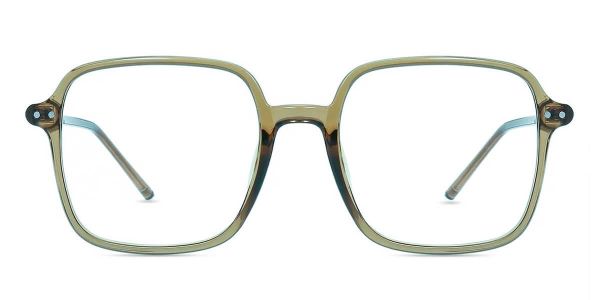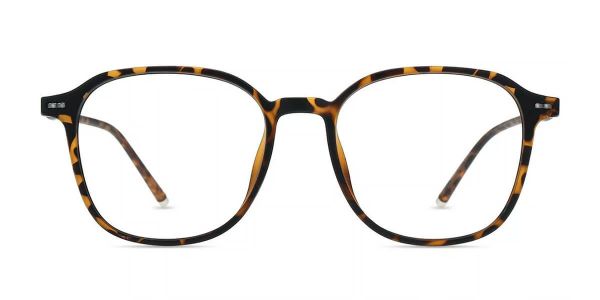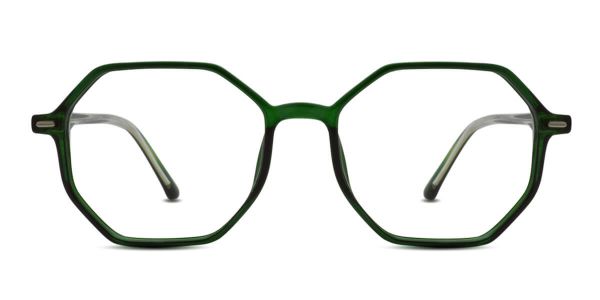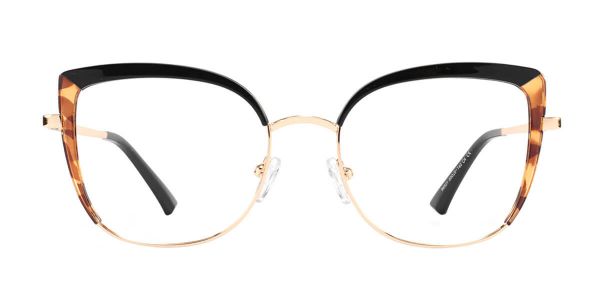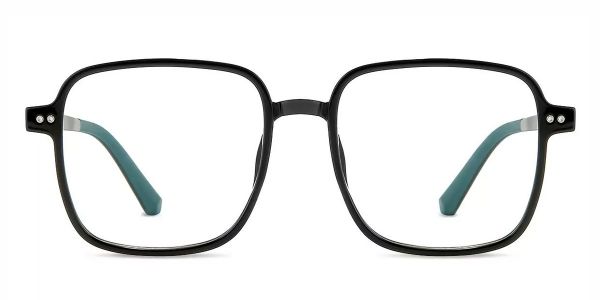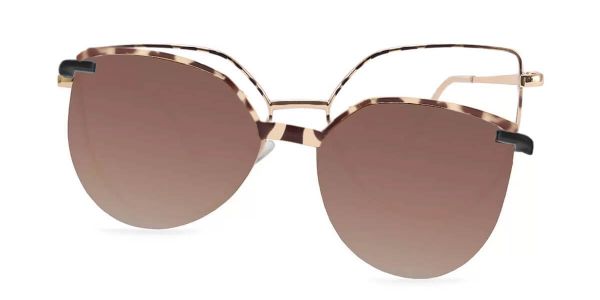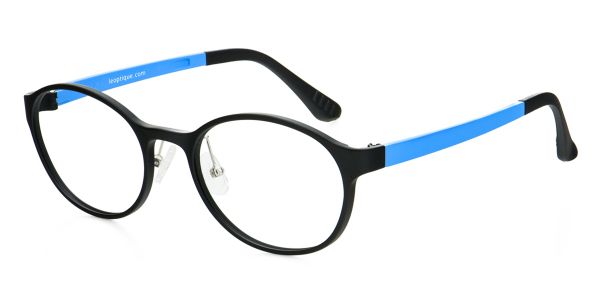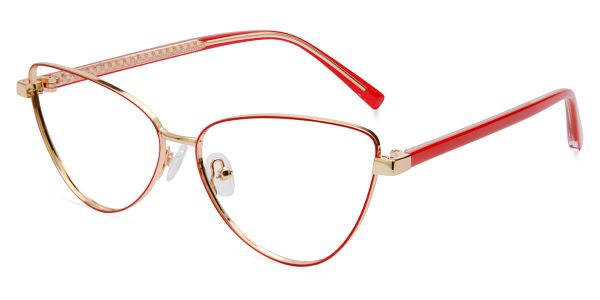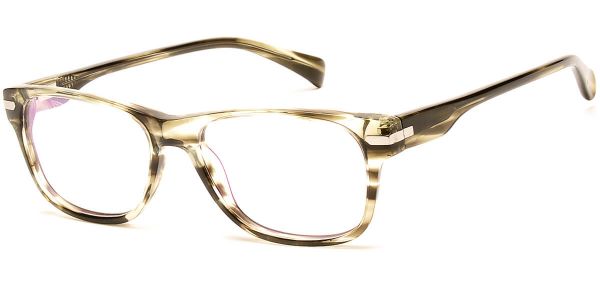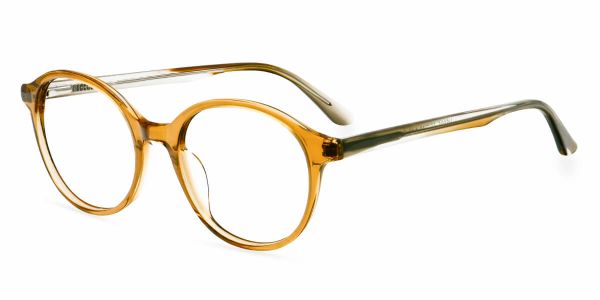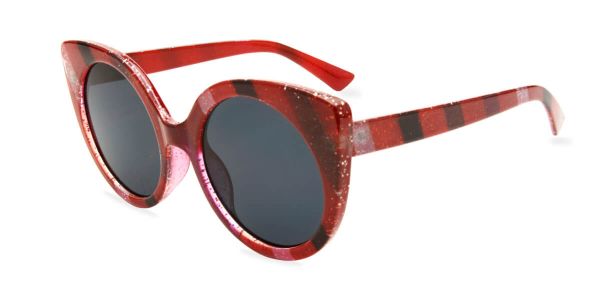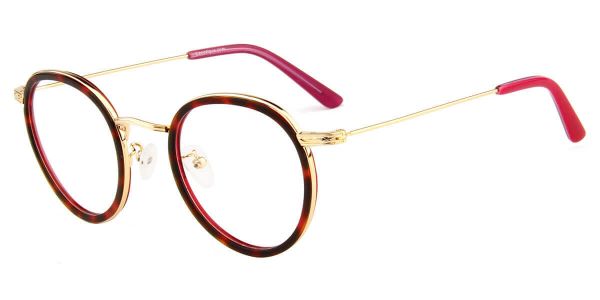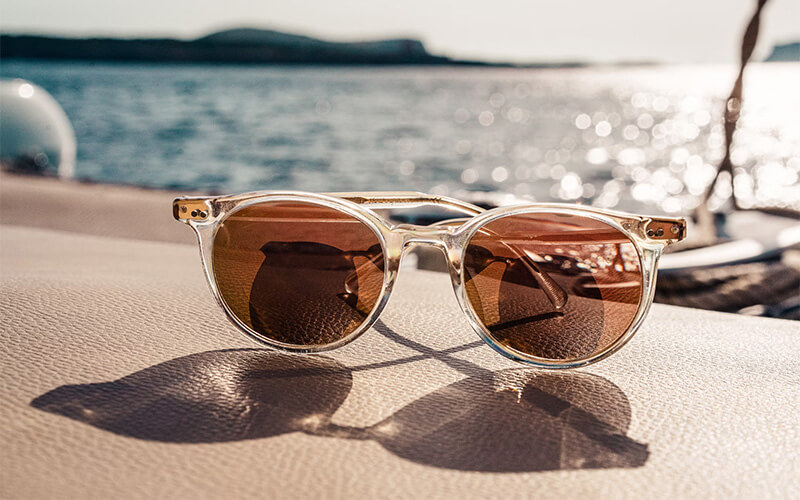
Sunglasses are a crucial summer accessory, not only adding a touch of style but more importantly, providing effective protection for our eyes against the harsh rays of the sun. Let's delve into the scientific knowledge embedded in sunglasses.
1. UV Protection:
- UV Radiation Hazards: Sunlight emits ultraviolet radiation, including UVA, UVB, and UVC. UVB poses the most significant threat to the eyes, potentially causing issues like conjunctivitis.
- Role of Sunglasses: One primary function of sunglasses is to filter and block these harmful UV rays, reducing the risk of UV damage to the eyes.
2. Glare Reduction:
- Glare Issues: Intense sunlight reflection can lead to glare, especially on water surfaces, snowy grounds, or highly reflective surfaces.
- Role of Sunglasses: Sunglasses with special coatings or polarizing features can reduce glare, providing a clearer vision and alleviating discomfort.
3. Color Fidelity:
- Issue: Some sunglasses may alter the perceived colors, affecting our perception of the surrounding environment.
- Role of Sunglasses: High-quality sunglasses designs aim to maintain natural color fidelity, ensuring that the scenery appears true to color.
4. Lens Materials:
- Scratch-Resistant Coating: Lenses are susceptible to scratches, so scratch-resistant coatings are a crucial scientific design to prolong lens lifespan.
- Lightweight Materials: Modern sunglasses use lightweight, high-tech materials for comfort and durability, avoiding the bulkiness of traditional materials.
5. Invisible Technologies:
- Photochromic Lenses: Some sunglasses feature photochromic technology, automatically adjusting color based on UV intensity, adapting to different lighting conditions.
- Anti-Fog Technology: Certain sunglasses incorporate anti-fog technology, ensuring a clear vision even in humid conditions.
Sunglass design goes beyond fashion; it emphasizes scientific principles to protect our eyes from the potential harm of sunlight. Choosing sunglasses tailored to individual needs not only enhances visual experiences but also effectively safeguards eye health.

